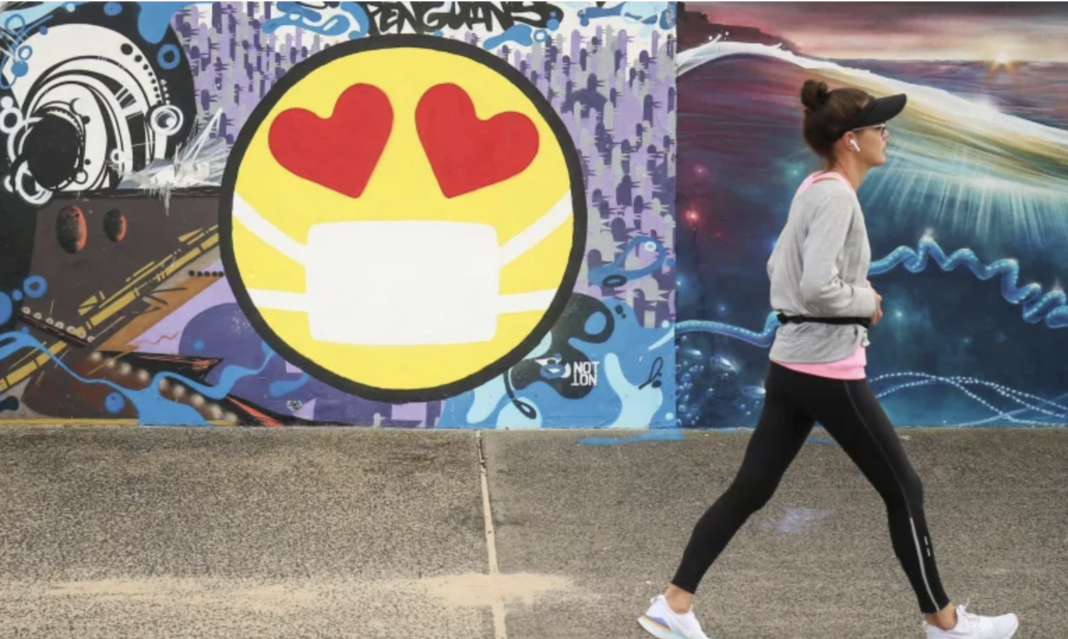Love them or hate them, emojis are here to stay — and while there are already over 3,500 of them, some see a need for many, many more ahead of World Emoji Day on July 17.
During this year’s Pride Month, Adalberto Robles wasn’t at a loss for words — instead, they were at a loss for emojis.
Robles, 34, a customer service representative from Phoenix, Arizona in the United States who uses both he/him and they/theirs pronouns, had the pride flag and trans pride flag emojis available. But what they wanted was a progress LGBTQ pride flag, a 2018 redesign of the traditional rainbow pride flag with a chevron symbol with black, brown, pink, white and blue stripes.
Robles believes emoji options should be more inclusive, and that the progress flag would be one step in this direction. To that end, Robles has created a Change.org petition to get the emoji added, which has garnered nearly 200 signatures so far.
Robles is not the only person who finds themselves dissatisfied with the current slate of more than 3,500 emoji options under the Unicode Standard. An additional 217 are set to be released throughout 2021 under the Emoji 13.1 release, including a woman with a beard and couples with different skin tones.
But despite emoji use being at an all-time high (statistics from Emojipedia estimate that more than one in five tweets contain an emoji), many people and businesses still feel the current selection doesn’t adequately represent their lived experience.
A 2019 survey of 1,000 people by software company Adobe found that 76 percent of emoji users wished that there were more emojis available for use, and 73 percent of emoji users wished that there were more customisation options to reflect their personal appearances.
Our emojis, ourselves
Emojis are more than a digital shorthand for our emotional states — they also represent who we are, at our core.
“Emojis are a powerful tool in computer-mediated communication,” Isaac Tourgeman, a neuropsychologist and professor of psychology at Albizu University in Doral, Florida, told Al Jazeera. “It adds context and tone.”
Tourgeman adds that, in a digital world, emojis have become a powerful stand-in for body language, tone and facial expressions.
Emoji usage can also have real-world implications: studies have found that using emojis in interactions can improve doctor-patient communication and can even serve as a tool in assessing certain mental health disorders. This may be why it’s more crucial that users see themselves and their experiences represented in their emoji options.

Emojis, too, have become a shortcut in our global society that can transcend language — which can lead to cultural confusion.
For example, as reported by Fast Company, the Unicode Consortium received multiple proposals for a kneeling-on-one-knee person emoji to represent Black Lives Matter protests taking place across the US.
But the proposal was rejected, likely on the account of it being too broad and creating confusion as to the “why” behind the kneeling.
Was it an emoji for protesting, for resting, or for a religious or cultural custom? This specificity — how an emoji can be both singular and universal — can be a challenge for a proposed emoji to gain final approval.
Powerful marketing symbols
Emojis have also become big business. The Unicode Consortium is a non-profit corporation devoted to developing and maintaining “software internalisation standards”, which includes the Unicode Standard that deals with “the representation of text in all modern software products”.
This Unicode Standard is why a smiley face looks the same on all devices and in all countries — and a Unicode Emoji Subcommittee reviews proposals and adds emojis on a rolling basis.

A proposal template is available to the public, and people are encouraged to send proposals.
Individuals may then also create petitions and groups to further promote their emoji and provide proof that the potential emoji has an audience, such as Robles has.
This democratic process is not without challenges, however.
In 2020, a pick-up truck emoji was provisionally approved by the Unicode Consortium — after which the emoji subcommittee learned that auto company Ford had hired a marketing company to create the proposal.
While this practice is permitted, the Unicode Consortium prefers disclosure. Other companies — such as Butterball and Taco Bell — have launched their own petitions, with Taco Bell scoring its desired taco emoji but the Thanksgiving turkey on a plate emoji remaining elusive.
Non-profit organisations have also gotten in on the trend. House of Kurds, a non-profit platform representing the Kurdish people, is currently petitioning for a flag of Kurdistan emoji, with its petition garnering more than 90,000 signatures.
Here to stay
As emojis are adopted more and more in everyday life — the Adobe survey found over 60 percent of people used emojis in work settings — it’s likely the characters will continue to become more central to our lives.
“I don’t see emojis as a trend; I see them as really evolving our language,” Dan Levine, a business trends expert, told Al Jazeera. “The world has become a lot less formal.”
Levine also believes that this language will continue shifting in the next decade, and that may open the floodgates for new emoji options.
But others emphasize that emojis are not a new way of communicating.
“Look at cave drawings,” Tourgeman noted. “In many ways, drawing and characters have been our first ways of communicating. We are visual beings, and history tends to repeat itself.”
For the full article featuring Dr. Isaac Tourgeman click here: https://www.aljazeera.com/economy/2021/7/16/our-emojis-ourselves-why-activists-want-new-icons-added






